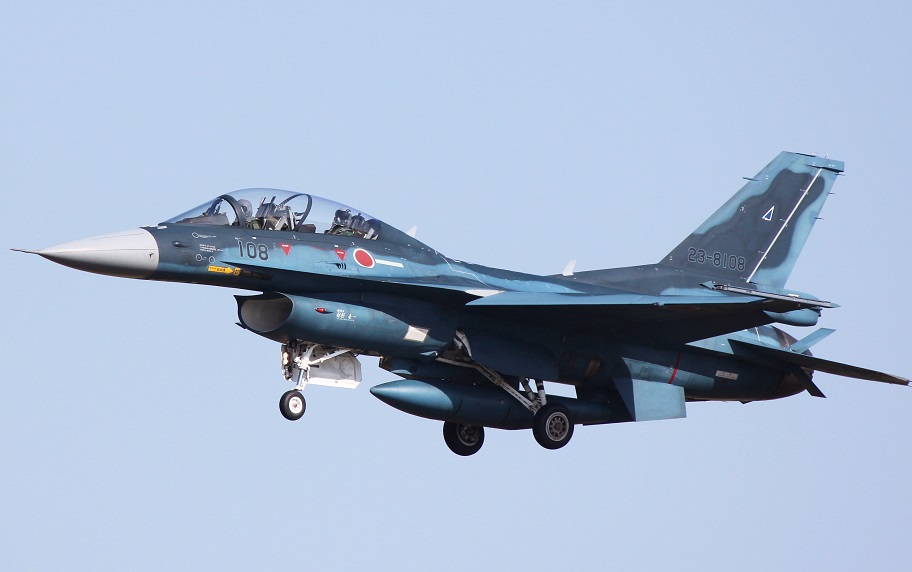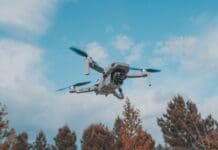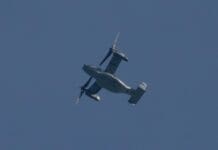This post is also available in:
 עברית (Hebrew)
עברית (Hebrew)
Japan wants to develop a stealth fighter domestically. Japan has rejected designs from Lockheed Martin, Boeing and BAE Systems, sources told international news agencies.
That would put Japan’s leading defense contractor, Mitsubishi Heavy Industries, in the lead for a military contract worth more than $40 billion. The company which had developed Japan’s stealth fighter technology demonstrator, the X-2, in 2016, has not submitted a design for the next-generation fighter.
The new stealth fighter, dubbed ‘F-3,’ will replace the F-2 ‘4+ generation’ lightweight platform and provide a heavier counterpart to the F-35A single-engine fifth-generation jet with superior air to air capabilities.
Japan’s Air Self Defense Force flies about 200 Boeing F-15 jets and is replacing squadrons of decades-old F-4 fighters with Lockheed Martin F-35s. The F-3 will succeed the F-2, a derivative of the F-16 Fighting Falcon jointly developed by Mitsubishi Heavy and Lockheed Martin more than two decades ago, according to theguardian.pe.ca.
Japan has produced two major classes of combat jet since the Second World War, the F-1 attack jet loosely based on the British Jaguar and the F-2 lightweight multirole fighter which is closely based on the American F-16 Fighting Falcon.
Proposals from Lockheed, Boeing and BAE “were judged not to have met our needs,” said an official at the Japanese defense ministry’s Acquisition, Technology & Logistics Agency (ATLA). “No decision has yet been reached on the airframe, the aircraft itself without the systems that make it fly” he added.
At a later stage, Japan’s government will select suppliers for the engine, flight systems, sensors and other components that will give the proposed jet its advanced capabilities, the sources said. For many of the systems, Tokyo will need help from foreign companies to reduce development costs and time, ensuring it can deploy the fighter in the next decade to counter Chinese expansion in East Asia.

























